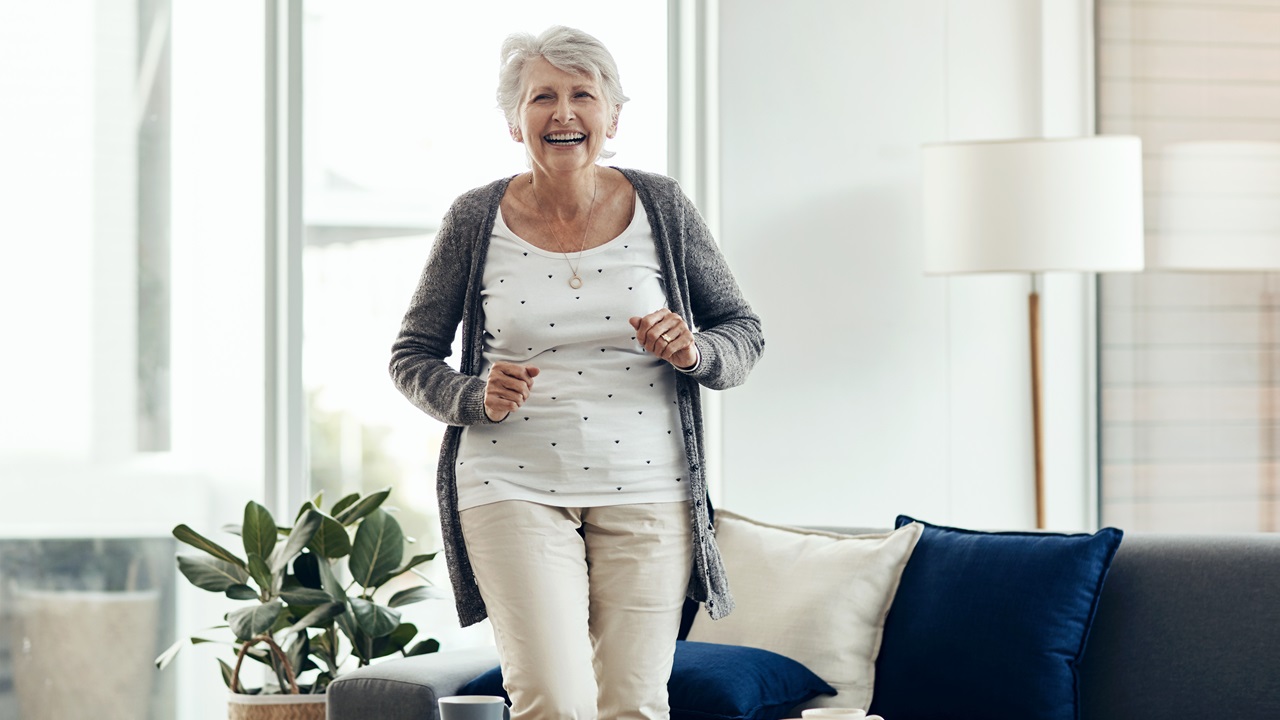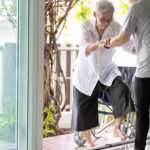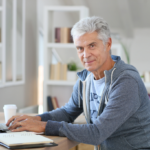Falls can be a serious threat to seniors living alone. As we age, our bodies change, making us more prone to losing balance and falling. But don’t worry – there are lots of ways to stay safe and keep our independence. Many seniors in Canada find peace of mind with medical alert systems Canada offers, providing quick access to help if needed. These tools, along with fall prevention strategies, can significantly reduce the risks associated with living alone.
Regular exercise and staying active are key to preventing falls. By keeping our muscles strong and working on our balance, we can reduce the risk of taking a tumble. Even simple activities like walking or gentle stretching can make a big difference.
Creating a safer home is also crucial. Small changes like removing tripping hazards, adding grab bars in the bathroom, and making sure there’s good lighting can go a long way in fall prevention. It’s all about making our living spaces work for us, not against us.
Key Takeaways
- Regular exercise helps improve balance and strength to prevent falls
- Making small changes at home can create a safer living environment
- Staying active and using safety devices can help maintain independence
Understanding the Risk Factors of Falls
Falls can happen to anyone, but seniors face higher risks. I’ll explain the key factors that make older adults more likely to fall. These include physical health issues and things in our homes that can trip us up.
Physical and Health-related Contributors
As we age, our bodies change in ways that can make falls more likely. I’ve seen how health problems play a big role:
- Weak muscles and poor balance
- Chronic conditions like arthritis or Parkinson’s
- Vision or hearing loss
- Side effects from medicines
Dementia is another big risk factor. It can make it hard to notice dangers around us.
Some meds can make us dizzy or sleepy. This ups our chances of falling. It’s smart to review all our pills with a doctor.
Regular exercise helps a lot. It builds strength and improves balance. Even simple moves like leg lifts while sitting can make a difference.
Environmental and Behavioural Factors
Our homes can be full of hidden dangers. I always tell my friends to look out for these common issues as one of their fall prevention strategies:
- Loose rugs or cords on the floor
- Poor lighting, especially on stairs
- Lack of grab bars in the bathroom
- Clutter in walkways
Wearing the right shoes is crucial. Avoid slippers or high heels. Go for shoes with non-slip soles.
Our habits matter too. Rushing to answer the phone or not using our walking aids can lead to falls.
Here’s a quick checklist for a safer home:
- Install bright lights
- Remove trip hazards
- Use non-slip mats in the tub
- Keep things we use often within easy reach
By fixing these issues, we can cut our fall risk big time.
Effective Fall Prevention Strategies
I want to share some key ways seniors can lower their risk of falls. These focus on staying active and taking care of your health.
Regular Exercise and Physical Activity
Exercise is one of the best fall prevention strategies. I recommend aiming for 150 minutes of moderate activity each week. This could include walking, swimming, or dancing. Strength training is also important. You can use resistance bands or light weights to build muscle.
Balance exercises are crucial too. Try standing on one foot or walking heel-to-toe. Tai chi and yoga are great options that improve balance and flexibility.
I suggest talking to your doctor before starting a new exercise program. They can help you pick safe activities that match your fitness level.
Medical Management and Preventative Care
Regular check-ups are key for fall prevention. I advise seeing your doctor yearly to review your medications. Some drugs can cause dizziness or affect balance.
Get your eyes and ears checked often. Poor vision or hearing can increase your fall risk. Your doctor may suggest changes to your glasses or hearing aids.
Make sure you’re getting enough calcium and vitamin D. These nutrients keep bones strong. Your doctor might recommend supplements if you’re not getting enough from food.
I also recommend asking about bone density tests. These can catch issues like osteoporosis early. Treatment can help prevent fractures if you do fall.
Creating a Safer Living Environment
A few key changes can make a big difference in preventing falls at home. Let’s explore some fall prevention strategies that will make your living space safer and more comfortable.
Home Modifications and Safety Devices
I recommend starting with the bathroom. Install grab bars near the toilet and in the shower. They give you something sturdy to hold onto. Put non-slip mats in the tub and on the bathroom floor.
Make sure your home is well-lit. Add bright lights in hallways and stairwells. Use night lights in the bedroom and bathroom. Remove loose rugs or secure them with double-sided tape.
In the kitchen, keep items you use often within easy reach. Avoid climbing or bending. Use a sturdy step stool with a handrail if you need to reach high places.
Technology and Services for Independence
Personal emergency response systems are a great safety net. You wear a button or pendant to call for help if you fall. Some newer devices can even detect falls automatically.
Look into grocery delivery services. They bring food right to your door, so you don’t have to carry heavy bags. Many pharmacies also offer medication delivery.
Smart home devices can be helpful too for augmenting your fall prevention strategies. Voice-controlled lights and thermostats mean less getting up and down. Video doorbells let you see who’s at the door without rushing to answer it.
Responding to Falls and Mitigating Consequences
Quick action and proper care after a fall can make a big difference. I’ll explain what to do right after a fall happens and how to get back on your feet safely.
Emergency Protocols and Post-Fall Practices
If I fall, I need to stay calm and check for injuries. I should try to get up if I can, using a sturdy piece of furniture for support. If I’m hurt or can’t get up, I’ll call for help using my phone or medical alert system.
It’s smart to keep a phone within reach at all times. I’ll make sure my family and neighbors know to check on me regularly.
After a fall, I’ll tell my doctor even if I don’t think I’m hurt. They might want to check me out or change my meds to prevent future falls.
Rehabilitation and Building Resilience
Getting active again after a fall is key. My doctor might suggest physical therapy to help me regain strength and balance.
I’ll work with a therapist to learn safe ways to move around and do daily tasks. They’ll guide me through exercises to improve stability and provide essential fall prevention strategies to boost my confidence.
It’s normal to feel scared of falling again. I can join a support group to talk about my fears and learn coping tips from others.
Staying active is crucial. Even gentle exercise like short walks or chair yoga can boost my strength and mood.
I’ll make my home safer by removing tripping hazards and adding grab bars where needed.
Want to unlock greater wellness?
Listen to our friends over at the Wellness + Wisdom Podcast to unlock your best self with Drew Canole of Organifi:










 5 Benefits You Never Knew About Drinking Water
5 Benefits You Never Knew About Drinking Water